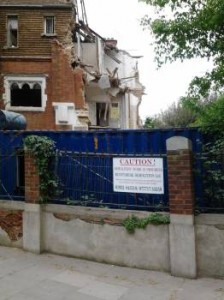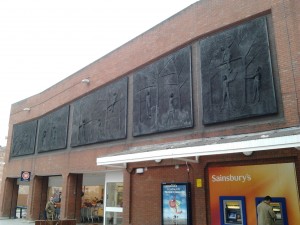As part of conceiving Ealing’s Local Development Framework (LDF), Ealing Council has the opportunity to review its designated Local Listed buildings and open spaces. Local listing status does not guarantee protection from demolition or new development but it affords the lowest level of protection against it. (Much greater protection is provided by Conservation Area status and National Listing status). If St Helena’s Home at 51 Drayton Green, for example, had been Locally Listed it would have been much more difficult for Notting Hill Housing Trust to demolish it.
These local buildings and open spaces we want preserved need to be identified and reasons given as to why we like them and if there is a relevant historical associations to state what these are. Ealing Civic Society has taken on the role of collecting what they call ‘Local Gems’. WEN has agreed to collect details on West Ealing local gems and then pass them on to ECS, who will then merge them with gems from all over the borough and then submit them all to Ealing Council by 21 July, 2011. This is the date of the inaugural Ealing Council LDF Advisory Committee.
West Ealing Neighbours has published at www.westealingneighbours.org.uk the list of existing locally listed buildings and open spaces. Select the ‘Heritage’ button on the left hand Home Page menu. We have begun the process of identifying these buildings and open spaces and we’ve listed them below. If you would like to add to this list please email details ideally before 14 July to WestEalingNeighbours@gmail.com
You might live in a locally listed building! Click here to check our list.
Identified below are some new candidates for Local Listing:
 1. The Foresters Public House, 2, Leighton Road, W13 9EP
1. The Foresters Public House, 2, Leighton Road, W13 9EP
A fine example of suburban pub building erected in 1909 to designs by T.H. Nowell Parr for the Royal Brewery of Brentford. Parr was a famous Brentford architect who also designed The Kent pub, Brentford Public Library and Brentford Fire Station. The Foresters boasts notable columned porticos, green-glazed brickwork and prominent gables. Internally are a number of Tudor arches, original fireplaces, and delightful floral Art Nouveau-style stained glass panels in the windows. CAMRA claim that the pub’s historic bell-pushes for waiter service are the only remaining ones to be found in any pub in London.
2. 156 Broadway W13
This Art Deco building is one of two remaining such buildings in West Ealing centre.
3. 96 to 100 Broadway W13
This second remaining Art Deco building in the centre of West Ealing and was for many decades the site of Woolworths.
4. Northfield Avenue Allotments W13
These allotments are well used and were first established in 1832.
5. 14 Sutherland Road W13
This is the only remaining unaltered residential building of a group of four, four-storey, slim, elegant Victorian Villas on Sutherland Road.
6. 91 to 97 Broadway W13
An elegent Victorian residential terrace with shops at ground level. Attractive Cape Dutch style gables, original stained glass windows and handsome chimneys.
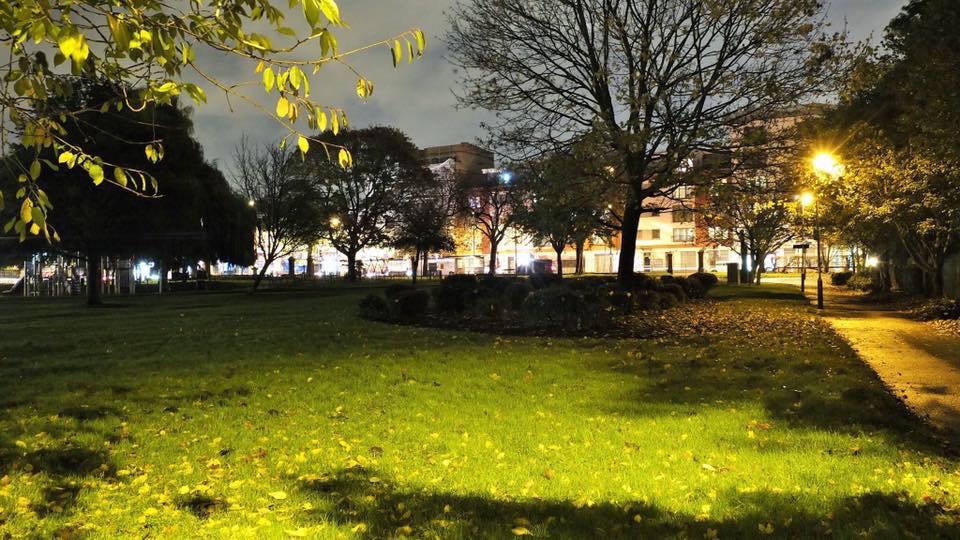
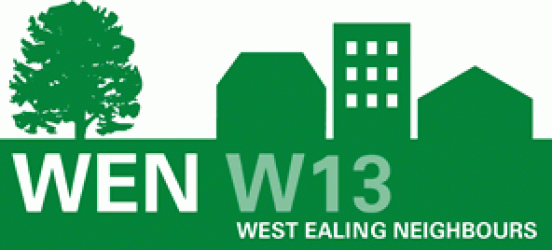
 1. The Foresters Public House, 2, Leighton Road, W13 9EP
1. The Foresters Public House, 2, Leighton Road, W13 9EP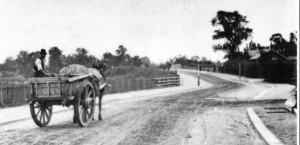
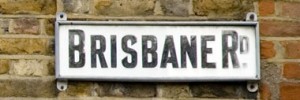
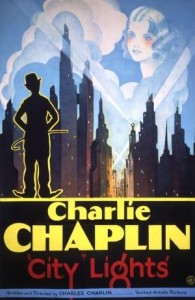
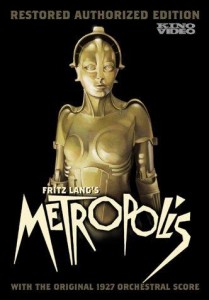
 Eric Leach
Eric Leach